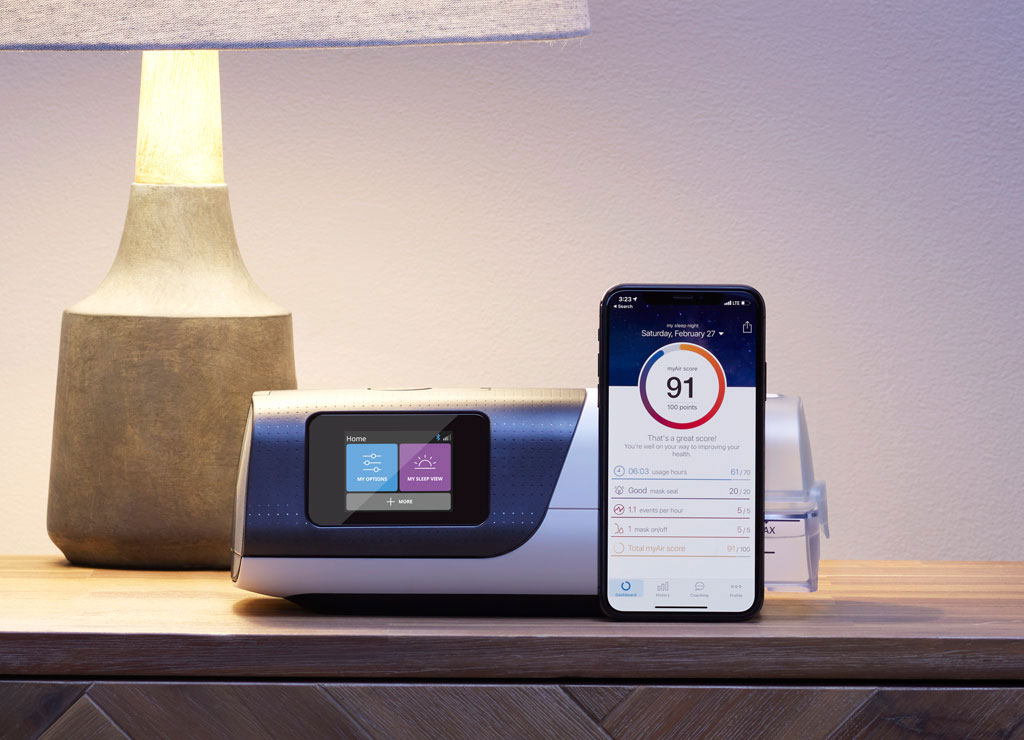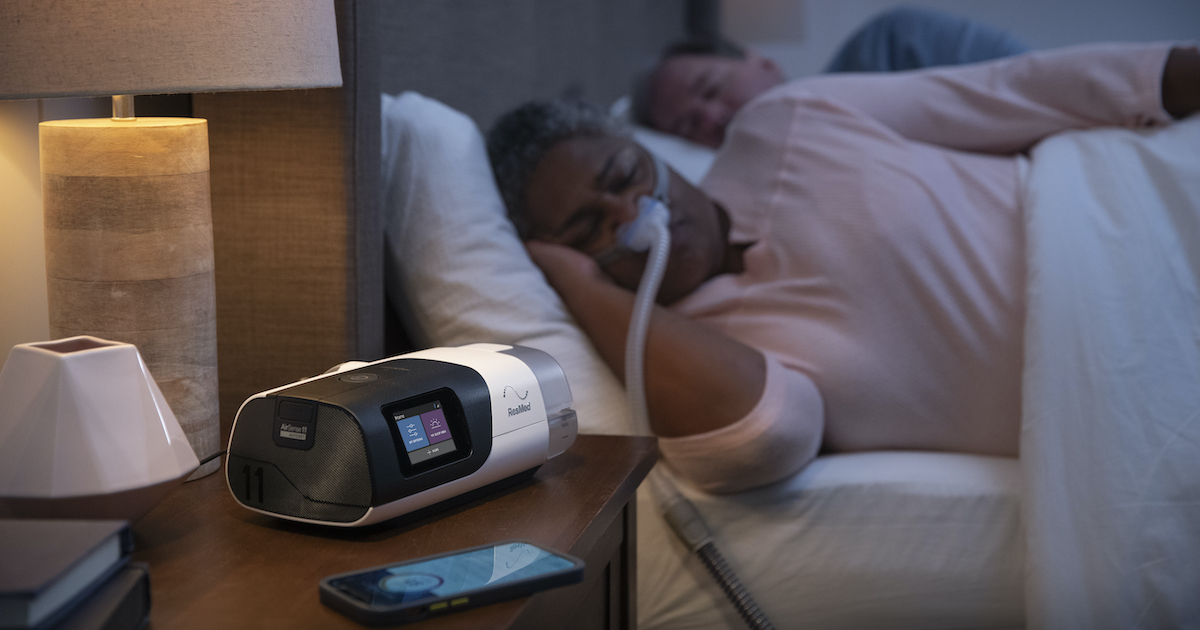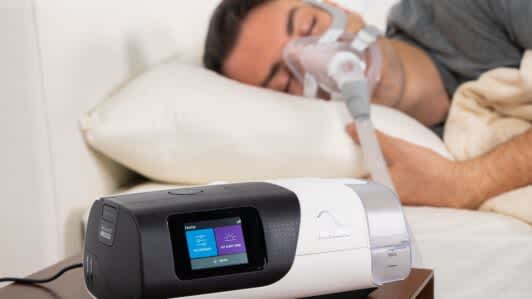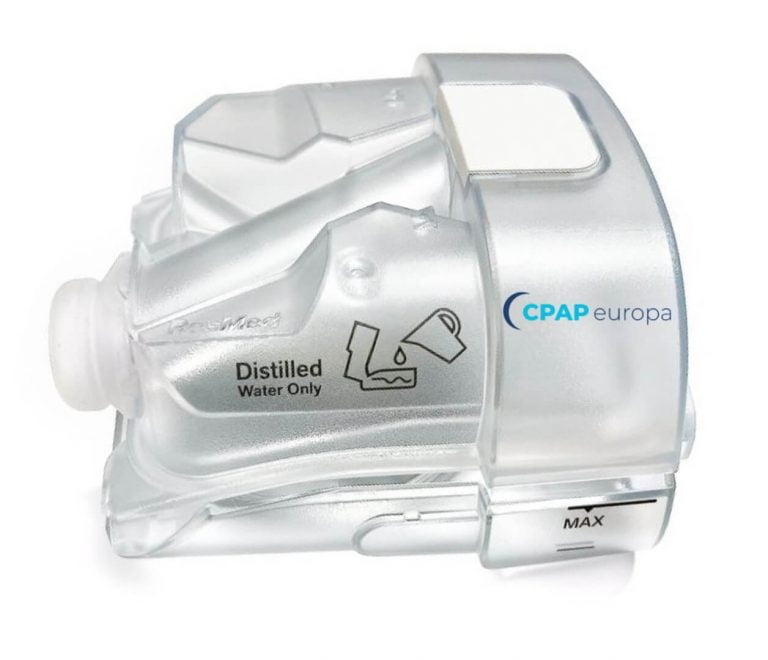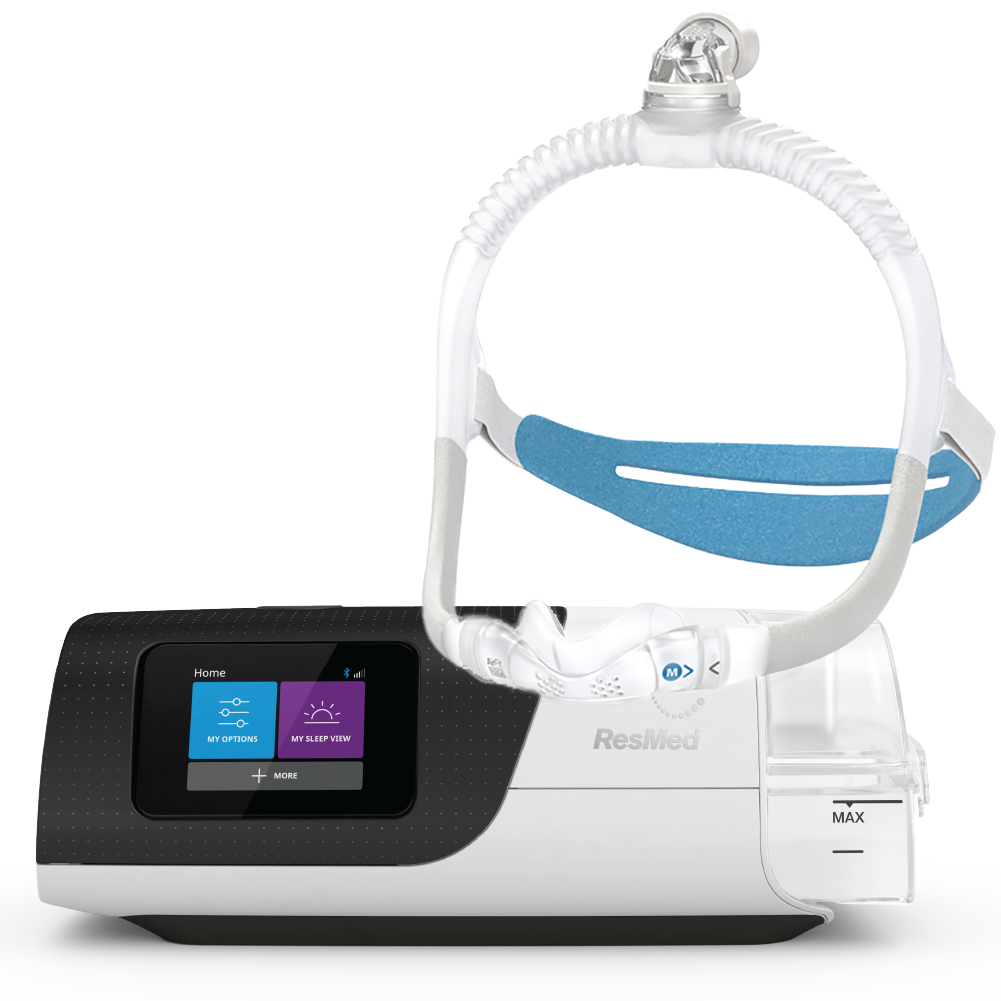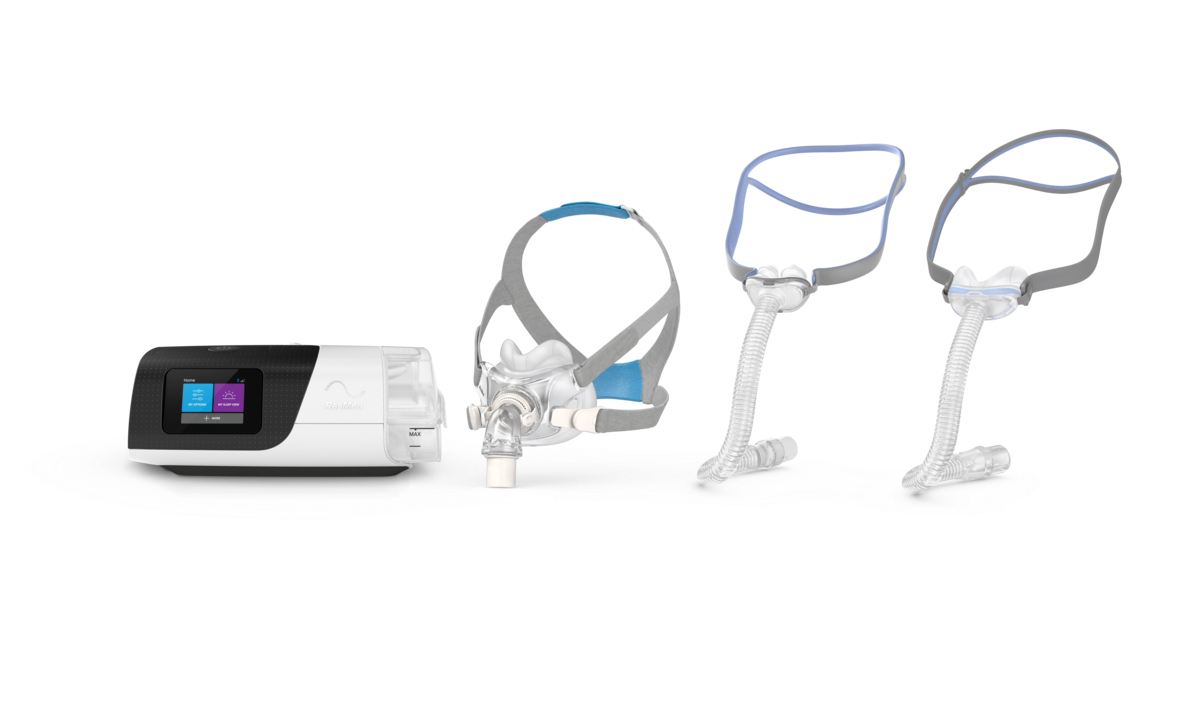How To Use Resmed Airsense 11

Sleep apnea sufferers, don't let confusion hinder your rest! We're providing a crucial guide on effectively using the ResMed AirSense 11, ensuring optimal therapy from night one.
This guide delivers essential information, quickly demystifying the AirSense 11 setup and operation, helping you maximize its benefits for improved sleep and health.
Unboxing and Initial Setup
Carefully unpack your ResMed AirSense 11. Verify all components are present: the device itself, humidifier chamber, air tubing, power supply, and user manual.
Place the AirSense 11 on a stable, level surface, lower than your sleeping position. This prevents water from flowing into the device.
Connect the power supply to the device and a wall outlet. Attach the air tubing to the back of the AirSense 11 and your chosen mask.
Filling and Inserting the Humidifier Chamber
Remove the humidifier chamber from the side of the AirSense 11. Open the chamber and fill it with distilled water up to the maximum fill line.
Reinsert the filled chamber back into the device. Ensure it clicks securely into place to prevent leaks.
Mask Fitting and Adjustment
Proper mask fit is crucial for effective therapy. Put on your mask according to the manufacturer's instructions.
Adjust the headgear straps until the mask is snug but comfortable. Avoid overtightening, which can cause leaks and pressure sores.
The AirSense 11 has a mask fit feature. Access this in the "My Options" menu. It can help detect and resolve air leaks.
Navigating the AirSense 11 Interface
The AirSense 11 features a user-friendly touchscreen. Gently tap the screen to wake it and access the main menu.
Key options include "Start/Stop," "My Options," and "More." Familiarize yourself with these to adjust settings and monitor therapy.
Understanding "My Options"
"My Options" allows you to personalize your therapy. Adjust humidity levels, ramp time, and mask type here.
Ramp time gradually increases the air pressure, making it easier to fall asleep. Experiment to find a comfortable setting.
Humidity control prevents dryness and nasal congestion. Increase the level if you experience these symptoms.
Starting and Stopping Therapy
To begin therapy, simply press the "Start/Stop" button. The device will automatically start delivering pressurized air.
Breathe normally through your nose (or mouth, depending on your mask type). The AirSense 11 automatically adjusts pressure based on your needs.
To stop therapy, press the "Start/Stop" button again. The device will shut off after a brief cool-down period.
Cleaning and Maintenance
Regular cleaning is essential for hygiene and device longevity. Clean the humidifier chamber daily with mild soap and water.
Rinse the chamber thoroughly and allow it to air dry completely. This prevents mold and bacteria growth.
Clean the air tubing and mask at least weekly. Use mild soap and water, rinse well, and air dry. Replace the air filter every six months, or more frequently if needed.
Troubleshooting Common Issues
If you experience air leaks, double-check your mask fit and adjust the headgear. Use the mask fit feature to identify and resolve leaks.
If you experience dryness, increase the humidity level. Consider using a nasal saline spray to further alleviate dryness.
If the device isn't working, ensure it's properly plugged in and that the power supply is functioning. Check the user manual for troubleshooting steps.
The ResMed AirSense 11 is designed to provide effective sleep apnea therapy. Don't hesitate to contact your doctor or equipment provider for assistance.
Monitoring Your Therapy Data
The AirSense 11 tracks your therapy data. This data is accessible through the MyAir app (available for iOS and Android).
The MyAir app provides insights into your AHI (Apnea-Hypopnea Index), mask seal, and usage hours. Share this data with your doctor for personalized adjustments.
Consistent use and data monitoring are key to successful sleep apnea management. Make the AirSense 11 a nightly habit.
Prioritize using your ResMed AirSense 11 every night! Continued monitoring of your symptoms, consistent data tracking via the app, and regular consultations with your healthcare provider, are essential for optimized sleep apnea management.



